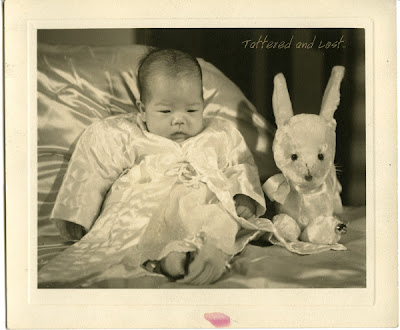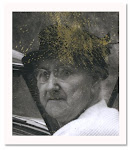
I received a question about scanning slides and negatives:
How do you scan your photos and negatives? I want to buy a scanner that will do both plus slides. Thanks. --Marlu
I thought I'd write a brief piece hopefully answering her question. Maybe there are others out there who would like to be able to scan old slides and negs that haven't seen the light of day for a long time.
For years I owned a very high-end Epson scanner and it always worked perfectly. It could scan anything I threw at it. I was saddened when I had to get rid of it, but it had a SCSI connection and didn't work with my newer computer. So I went shopping for a new one. I did a lot of reading and decided to stay with Epson. Their scanners are workhorses and easy to use. I chose the Epson Perfection 700. It's most likely more than the average person needs. I needed it for work. But Epson makes two "lower" end machines that are both excellent: Epson Perfection V500, Epson Perfection V300.
You can also buy a standalone dedicated slide/film scanner. I have one of those. I rarely use it. If you need really superior scans of your slides a dedicated machine is the way to go, but be prepared to sit at the blasted thing forever sticking slide after slide into it. They are relatively inexpensive, but like I said, they're dedicated to doing only one thing, scanning slides and negs. You won't have the ability to scan anything else.
With a good flatbed scanner you're able to scan documents (including old photo albums, books, etc), photos, negatives, and slides. You need to make sure that it has the ability to do transparencies. Don't go buying one of the all-in-one (fax, scan, print) machines. They're not built for this.
A flatbed that can do transparencies has a special lid. A portion of the scanner lid, the underside, is removed allowing a light source to be both above and below your negs/slides. Epson includes a variety of neg and slide holders. You simply place your neg or slide in the holder, place it on the flatbed exactly where the manual says, remove the underside lid cover, push the button, and wait for the image to appear on your screen. There is more to it than that, but that's the basics.
You'll need to learn about resolution so you know which resolution to scan your image for whatever particular output you intend to use. If you just want something to look at on a computer screen 72 dpi is fine. If you want professional output you'll want to use 300 dpi.
For slides you're going to want the highest resolution possible. Each of the Epson's offer 6400 dpi. The higher the resolution, the larger your file which means the larger your final output size. Since slides are so small if you're going to want them at around an 8" x 10" print you'll need high resolution.
For negs that don't fit into a traditional size holder Epson offers a simple "holder" called the "area guide" that you place on the flatbed and then just place your slide/neg directly onto the glass bed, and push the button. The photo below was done this way, as were the Captain Kangaroo View-Master images at my ephemera site.
The Epson software is easy to use and does a great job. I work so much in Photoshop that I just do everything from there. I believe the Epson V700 and V500 come with Photoshop Elements, not the full version of Photoshop. But Elements is a great program, easy to use, good results. The Epson V300 doesn't mention Photoshop, but it sells from Amazon for an amazingly good price. Considering that my first scanner cost me over $1500 to see one down at this price, capable of doing negs and slides, is amazing.
When you're a novice it'll take you a few bad scans and a little learning curve to completely get up and running, but once you do you'll be scanning everything in site. A whole other world is opened up once you're images are digital. New ways of sharing old family photos. You'll be able to put together DVDs to view on tv, scan images at the right size to make photo books, scan and email images family members didn't even know existed. It's simply fun and you won't regret it.
The scan below was done in a matter of a few minutes on my Epson Perfection V700. I love using it. Anything to make life simpler.
As to who the young fellow is, I haven't a clue. It's just one of the negs in the big bag of negs from the estate sale. This was a pleasant surprise to see when it showed up on my screen because it's not one in the old album I also bought. So though I have quite a few photos of this little fellow in the album, this one was brand new for me. Who knows, he could be the baby in the man's arms in my previous post.
As to other brands of scanners, I can't give any thumbs up or down information about HP or Canon. I don't know anyone that uses them. I know they're both fine machines, but I can't give any specifics since I've never used either. If someone wants to weigh in on either please do.
































